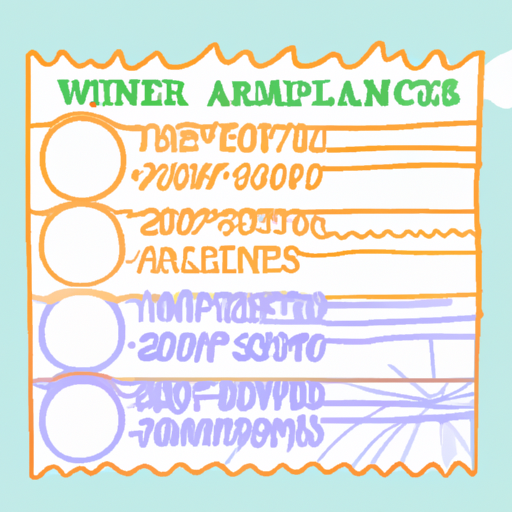While the heat of summer continues to grip the nation, some are already turning their attention to the winter months. The Farmers’ Almanac and the Old Farmer’s Almanac have recently released their long-term forecasts, promising a cold and wet winter for those weary of the heat. However, the question remains: how reliable are these forecasts?
These periodicals, known for their gardening tips, skywatcher’s forecasts, and long-term weather predictions, claim an 80% accuracy rate with their forecasts, despite research suggesting that only half of the Farmers’ Almanac’s forecasts prove correct.
Their secret formulas for prediction, based on solar science, climatology, meteorology, sunspot activity, tidal action of the moon, and the positions of the planets, are calculated two years in advance. The Old Farmer’s Almanac asserts its formula was created in 1792 and compares “solar patterns and historical weather conditions with current solar activity.”
However, such far-ahead planning is precisely what makes many skeptical of these long-term predictions. Even the National Weather Service doesn’t release a winter weather forecast until mid-October, maintaining that any earlier forecast would likely be unreliable and subject to change.
Furthermore, the forecasts produced by the National Weather Service for a season won’t predict exact events, such as snowstorms. Instead, they provide temperature and precipitation outlooks based on historical data and current conditions.
One noticeable factor that both NOAA and the Almanacs consider is the El Niño climate pattern. Currently, we’re in an El Niño phase which typically brings cold, wet winters to southern states and rain across the Southwest and California, although these exact scenarios may not always play out perfectly.
Ultimately, the reliability of almanac predictions seems to depend on individual belief. The Almanacs have their value to those who believe in them, and for others, the official NOAA outlook for the winter months will be released in mid-October.

